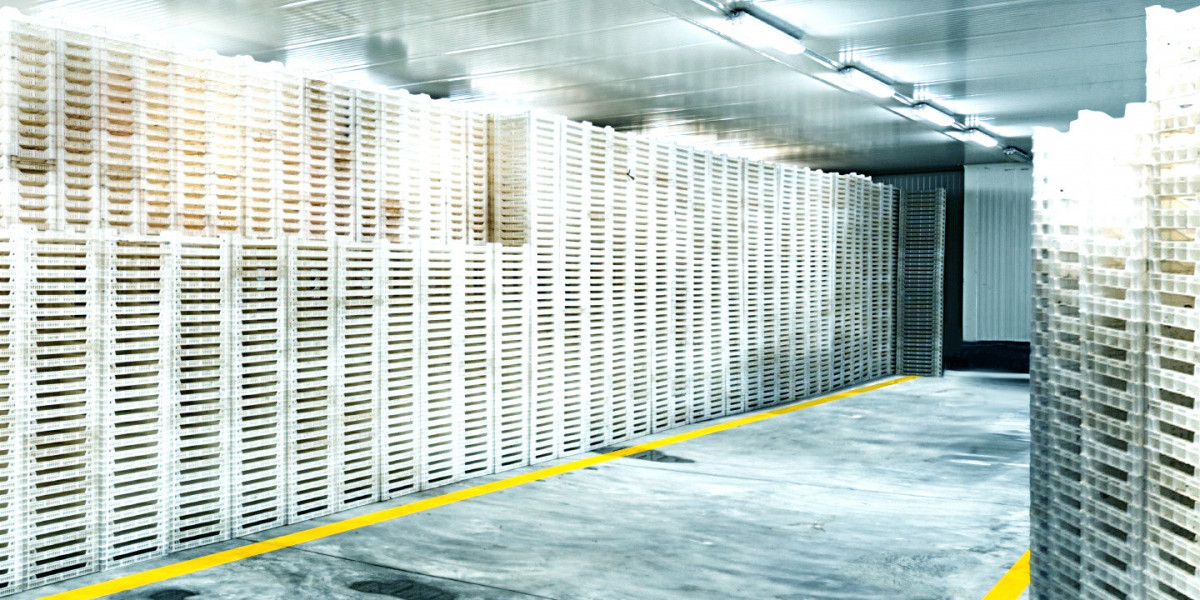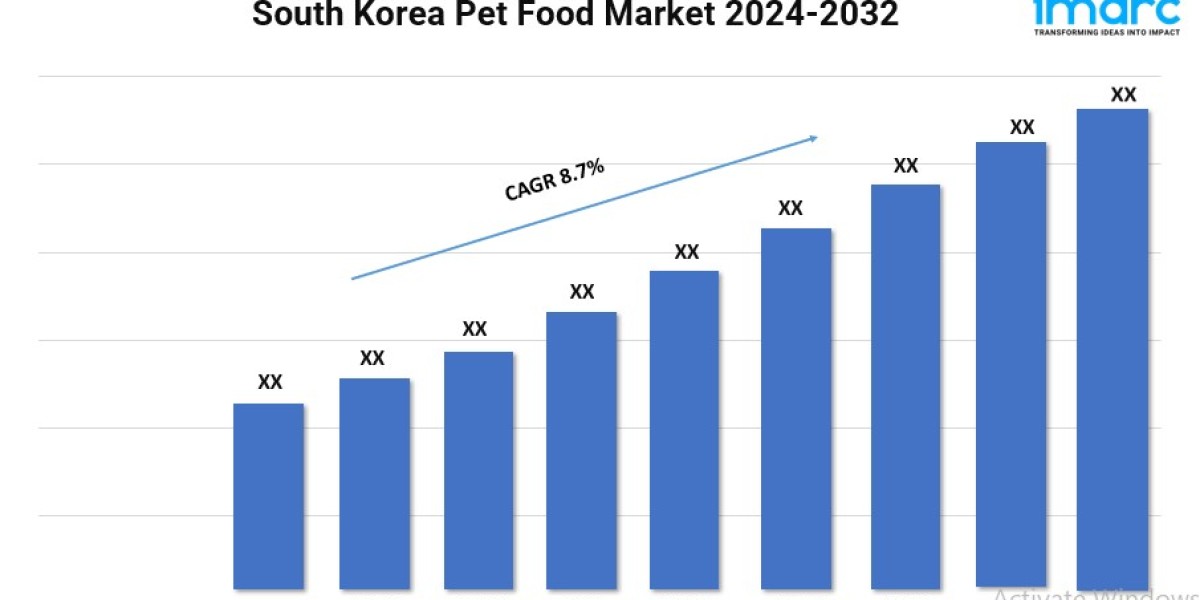The cold storage industry plays a vital role in the American food supply chain by providing temperature-controlled environments for perishable goods. With a growing population and evolving consumer preferences, demand for cold storage has increased substantially in recent years. The United States currently has over 1.9 billion cubic feet of refrigerated warehouse space across more than 550 facilities. Major commodities stored in cold storage include meat, poultry, seafood, produce, dairy products, baked goods, and other perishable items. The industry employs approximately 50,000 Americans and had an estimated economic impact of over $60 billion in 2020.
Population Growth Drives Demand
A growing US population creates rising demand for food across the country. The Census Bureau projects the US population will expand to 400 million by 2050, up from around 330 million today. As populations in urban centers swell, dense population hubs require ample cold storage in close proximity to efficiently distribute perishable goods. Regional population growth, especially in the South and West, also fuels the need for new cold storage facilities with larger capacities. Supporting billions more meals annually means greater volumes of temperature-controlled warehousing are paramount to maintain adequate food supplies nationwide.
E-Commerce Impact on Cold Storage
The boom in online grocery shopping and meal kit delivery services is transforming cold supply chains. According to market research, online grocery sales reached over $30 billion in 2020 and are predicted to double by 2025. Fulfilling delivery orders demands integration of US Cold Storage early in the process. Facilities equipped for parcel sorting, small-item picking, and rapid order fulfillment see increased usage. Multi-temperature zones and automation allow for a mix of bulk and small-item throughput. The e-commerce tailwind will drive demand for more modern, flexible cold storage optimized for online grocery fulfillment in the coming years.
Cold Chain Expansion for Global Markets
As global trade expands in food and consumer goods, cold storage infrastructure requires extending cold chains both within and between nations. Growing middle classes and trade pacts increase cross-border shipments requiring consistent temperature control. Regions with burgeoning populations like Latin America and Asia develop cold storage capacity to meet evolving dietary preferences. Storage hubs facilitating imports and exports emerge as vital links in global cold chains. Multi-national corporations rely on strategically-placed regional distribution centers stocked by modern build-to-suit cold facilities. Sustaining international food trade networks depends on coordinated global cold chain expansion well into the future.
Facility Automation and Innovation
To meet rising throughput needs cost-effectively, cold storage facilities increasingly incorporate automation technology and material handling systems. Automated rack retrieval systems and conveyor networks streamline putaway/retrieval operations. Voice-directed warehouse execution systems guide pickers with paperless instructions. Robotics for palletizing and depalletizing loads ease labor demands. Monitoring equipment tracks environmental conditions and product flows in real-time. Sustainable practices like natural refrigerants and energy recovery systems emerge. Startups bring innovative solutions around predictive analytics, AI optimization, and integrated cold chain visibility. Investment in automation keeps the US cold storage industry globally competitive while increasing productivity.
Labor and Real Estate Challenges
While demand is strong, the cold storage industry faces hurdles around labor shortages and available real estate. Skilled warehouse laborers are in short supply as the tight labor market recovers post-pandemic. Achieving rapid throughput requires ample qualified workers. Real estate suited for large refrigerated structure footprints becomes scarce in desirable population centers. High land and construction costs challenge greenfield projects and facility expansions. Zoning variances and community opposition can delay projects. As market needs grow more acute, players must get creative to solve labor issues through competitive benefits and automation, while securing suitable expansion sites.
All indicators point to continuing expansion of the United States cold storage sector in the decade ahead and beyond. Growth drivers around e-commerce adoption, global trade patterns, changing diets and population spikes ensure steady long-term demand. Cold chain infrastructure investment remains critical for sustainable and efficient food distribution systems supporting nationwide food security. Advancements in automation and technology raise productivity to counter labor and real estate challenges. As markets evolve, the $60 billion cold storage industry stands to increase substantially in economic impact through widespread facilities supporting temperature-controlled logistics networks coast to coast. Robust long-term fundamentals cement cold storage’s vital role in the national food economy.
Get More Insights on US Cold Storage
Get this Report in Japanese Language- 米国冷蔵倉庫
Get this Report in Korean Language- 미국 냉장 보관
About Author-
Priya Pandey is a dynamic and passionate editor with over three years of expertise in content editing and proofreading. Holding a bachelor's degree in biotechnology, Priya has a knack for making the content engaging. Her diverse portfolio includes editing documents across different industries, including food and beverages, information and technology, healthcare, chemical and materials, etc. Priya's meticulous attention to detail and commitment to excellence make her an invaluable asset in the world of content creation and refinement.
(LinkedIn- https://www.linkedin.com/in/priya-pandey-8417a8173/)









